Embrace Sustainability with a Native Clover Lawn
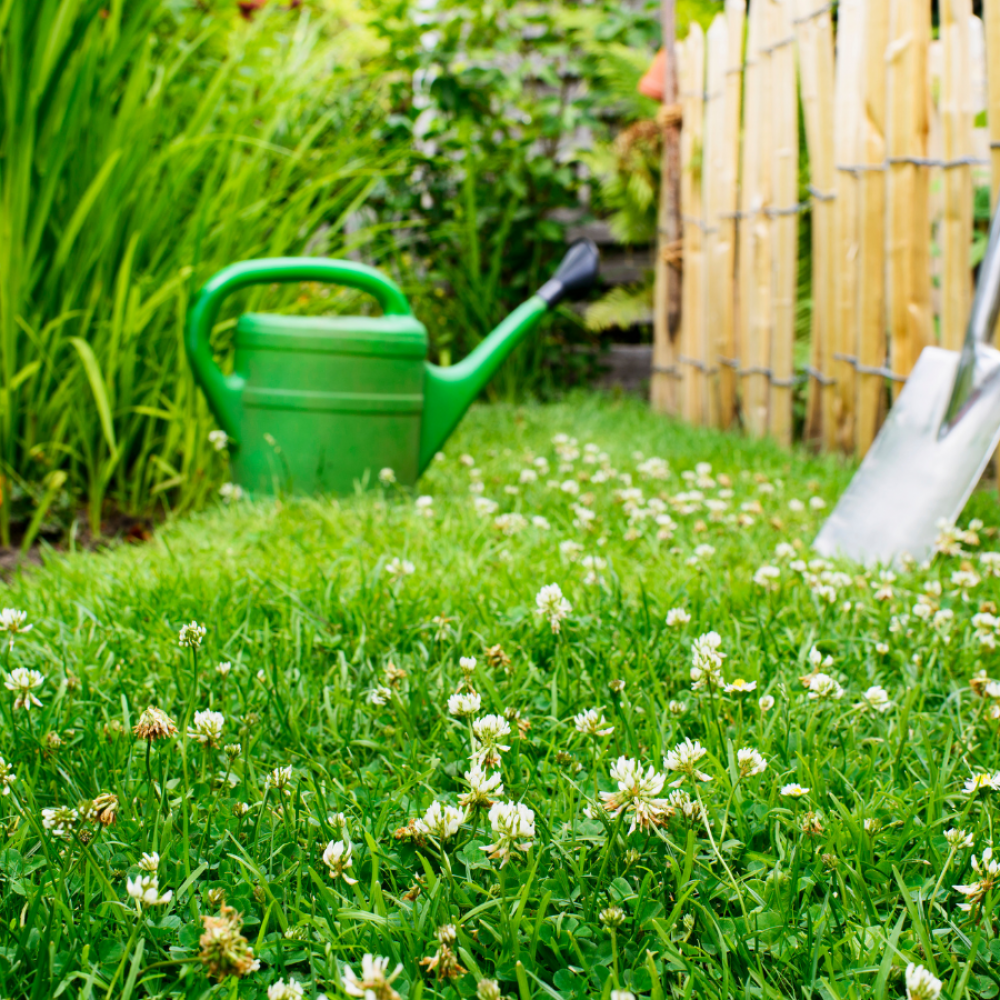
Clover is a hardworking plant that has many benefits for a healthy and beautiful yard. It is a versatile plant that can be planted in various areas, including full sun or part shade. Some varieties of clover grow tall, creating the look of a meadow, while others are low-growing, resembling a traditional lawn. Clover plants bloom from spring through fall, offering a range of colors from white to pink to deep crimson.
In recent years, there has been a rising popularity of native clover lawns. Many people have started embracing clover lawns due to its numerous advantages and sustainability. Social media platforms have played a significant role in spreading awareness about the benefits of clover lawns, and as a result, a lot of people are now considering it as an alternative to traditional grass lawns.
The Rising Popularity of Native Clover Lawns
Native clover lawns have been gaining popularity recently due to their numerous benefits. More and more people are turning to clover lawns as a sustainable and eco-friendly alternative to traditional grass lawns. Many homeowners and even public spaces have started embracing clover lawns, recognizing the positive impact they can have on the environment and biodiversity.
Why Choose Native Plants for Your Lawn?
When it comes to choosing plants for your lawn, native plants are always a great option. Native plants are those that naturally occur in a specific region and have adapted to the local climate and soil conditions. By choosing native plants for your lawn, you are supporting biodiversity and providing a habitat for beneficial insects and wildlife. Native plants also require less maintenance and are more resistant to pests and diseases compared to non-native plants. Additionally, they have deep root systems that help improve soil health and prevent erosion. By embracing native plants, such as clover, you can create a sustainable and eco-friendly lawn that benefits both the environment and your local ecosystem.

The Role of Clover in Biodiversity and Pollination
One of the key benefits of a clover lawn is its ability to attract pollinators and contribute to biodiversity. Clover is known to attract honeybees, bumblebees, and other pollinators with its long-blooming flowers. These pollinators play a crucial role in crop production, making them essential for our food supply. By planting a clover lawn, you are providing a consistent and reliable food source for these pollinators, helping to support their populations.
In addition to its role in pollination, clover also attracts beneficial insects. Ladybugs, lacewings, and parasitoid wasps are just a few examples of beneficial insects that are attracted to clover. These insects feed on harmful pests like aphids and cabbage worms, helping to naturally control pest populations in your lawn and garden. By creating a clover lawn, you are not only beautifying your yard but also creating a habitat for these beneficial insects, promoting a natural balance in your ecosystem.
Understanding the Environmental Impact of Traditional Grass Lawns
Traditional grass lawns have long been the standard choice for homeowners, but they come with their own set of environmental challenges. Maintaining a grass lawn requires a significant amount of water, which can contribute to water scarcity in some areas. Additionally, the use of fertilizers, herbicides, and pesticides on grass lawns can contaminate water sources and harm beneficial insects and wildlife. Traditional lawns limit biodiversity and do not provide sustainable homes for local animals and insects. Moreover, the carbon footprint associated with mowing and lawn care equipment adds to the overall environmental impact of traditional grass lawns.
Water Consumption and Pollution Concerns
One of the main environmental concerns with traditional grass lawns is their high water consumption. Grass lawns typically require 1-1.5 inches of water per week to stay healthy and green. This can put a strain on water resources, especially in areas with water scarcity or drought conditions. This is partly because most common grasses for lawns are not native to the regions they are planted in leading to a need for excess watering to maintain color. By contrast, clover lawns require significantly less water to thrive. Clover has deep root systems that help it access water from lower soil layers, making it more drought-tolerant and water-efficient.
Another concern with traditional grass lawns is the pollution that can result from lawn maintenance. The use of fertilizers, herbicides, and pesticides on grass lawns can lead to water pollution. When it rains, these chemicals can run off into nearby water sources, contaminating them and harming aquatic life. By transitioning to a clover lawn, you can reduce the need for these chemicals, minimizing pollution and protecting the health of your local ecosystem.
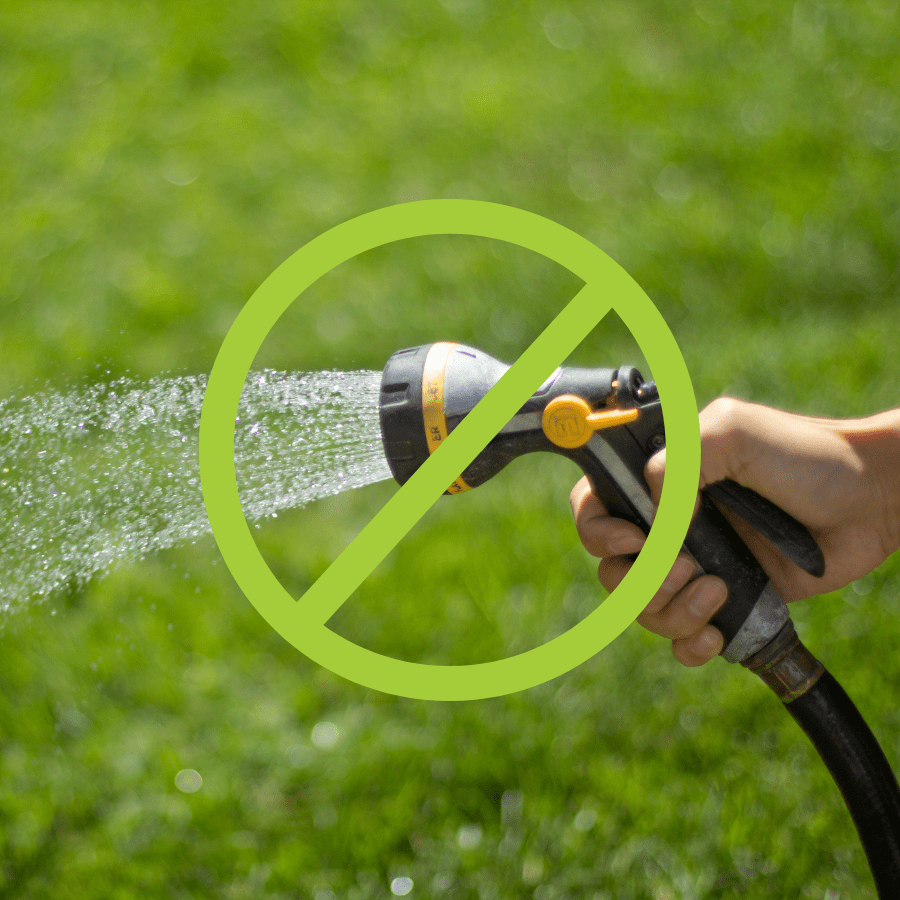
Advantages of a Native Clover Lawn
A native clover lawn offers numerous advantages over a traditional grass lawn. Clover lawns are known for their ability to improve soil health, reduce water consumption, and provide natural fertilization. They are also drought-resistant, durable for pets, require less mowing and chemical treatments, and attract beneficial insects. By embracing a clover lawn, you can create a sustainable and low-maintenance lawn that benefits both the environment and your local ecosystem.
Drought Resistance and Lower Water Requirements
One of the key advantages of a clover lawn is its drought resistance. Clover has deep root systems that help it access water from lower soil layers, making it more resilient during dry periods. This means that clover lawns require less water compared to traditional grass lawns, which can help conserve water in water-scarce regions.
In addition to its drought resistance, clover lawns have lower water requirements overall. Once established, clover lawns can survive on natural rainfall, reducing the need for additional irrigation. This not only saves water but also reduces the time and effort needed for lawn maintenance. By choosing a clover lawn, you can have a green and attractive lawn while minimizing water consumption.
Natural Fertilization and Soil Health
Clover lawns offer natural fertilization and contribute to soil health. Clover is a legume and has the ability to fix nitrogen in the soil. It forms a symbiotic relationship with nitrogen-fixing bacteria, which convert atmospheric nitrogen into a usable form for plants. This natural fertilization process enriches the soil with essential nutrients, reducing the need for synthetic fertilizers.
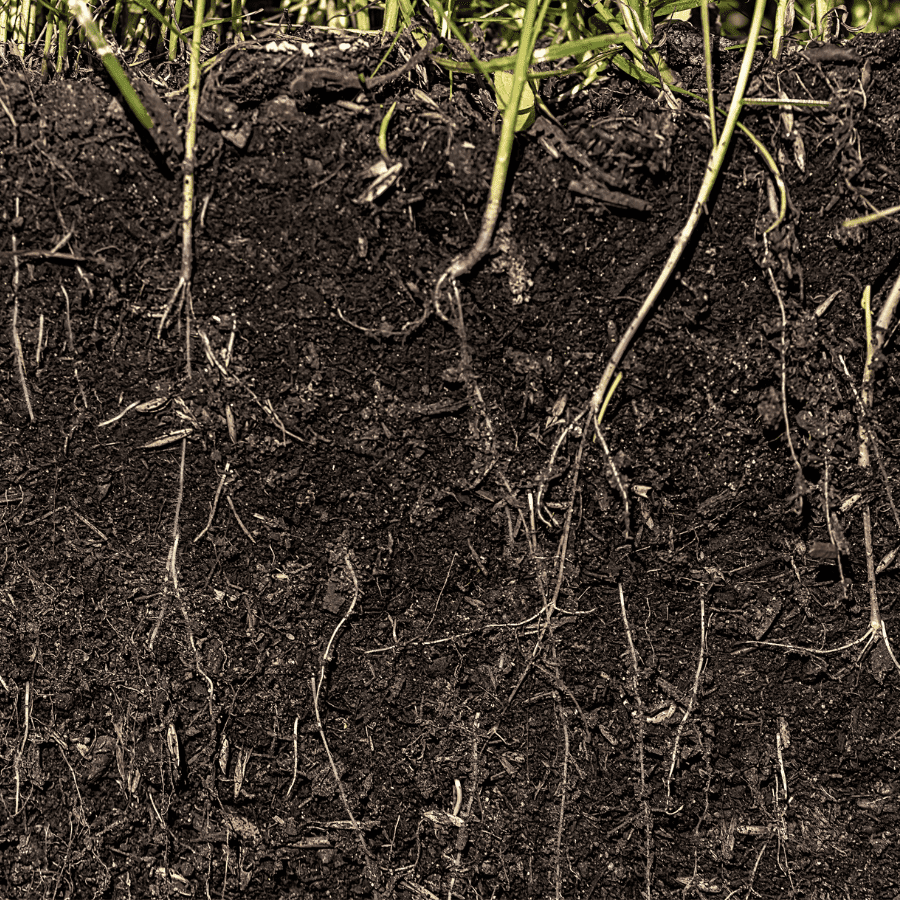
Moreover, clover lawns improve soil health by adding organic matter to the soil. When clover plants decompose, they contribute to the formation of humus, which improves soil texture, moisture retention, and nutrient availability. The dense root systems of clover also help aerate the soil and prevent erosion. By choosing a clover lawn, you can promote healthy soil and create a thriving ecosystem in your yard.
How to Transition to a Clover Lawn
Transitioning to a clover lawn is a straightforward process that involves a few key steps. First, you need to assess your existing lawn and determine the best method for transitioning. If you have a traditional grass lawn, you can choose to either overseed with clover or start from scratch by reseeding.
To overseed with clover, you can simply spread clover seeds over your existing lawn. This method allows the clover to gradually take over the grass, creating a mixed lawn. If you prefer a full clover lawn, you can start from scratch by removing the existing grass and preparing the soil for seeding. Regardless of the method you choose, it’s important to select the right type of clover for your region and follow proper planting and maintenance practices.
Selecting the Right Type of Clover for Your Region
Choosing the right type of clover for your region is crucial to ensure the success of your clover lawn. Different varieties of clover thrive in different climates and soil conditions. It’s important to consider factors such as USDA zones, local growing conditions, and the specific requirements of each clover variety.
Some popular types of clover for lawns include white clover, red clover, and microclover. White clover is a low-growing variety that is well-suited for lawns, while red clover is taller and has beautiful reddish-purple flowers. Microclover is a newer cultivar of white clover with smaller leaves and fewer flowers, making it blend well with other grasses. To determine the best type of clover for your lawn, consult your local extension office or a knowledgeable gardening professional.
Maintenance Tips for a Thriving Clover Lawn
Maintaining a clover lawn is relatively low-maintenance compared to traditional grass lawns. Here are some tips to help you keep your clover lawn thriving:
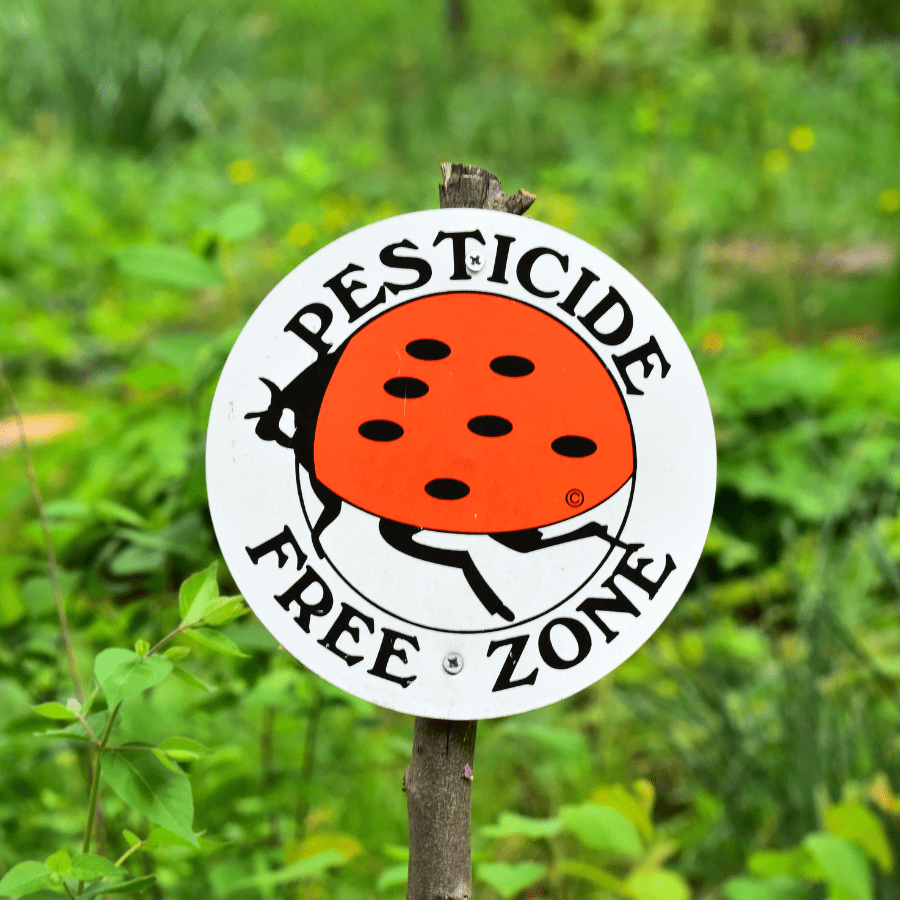
- Watering: Water your clover lawn deeply and infrequently, allowing the soil to dry out between waterings. This encourages deep root growth and drought tolerance.
- Mowing: Maintain a mowing height of 3-4 inches to promote a dense and healthy clover lawn. Avoid mowing too short, as it can stress the plants and allow weeds to compete.
- Fertilization: Clover lawns generally do not require additional fertilization, thanks to their nitrogen-fixing ability. However, if your soil is deficient in nutrients, you can apply a balanced organic fertilizer in early spring.
- Weed control: Clover naturally suppresses the growth of weeds, but some weed species may still emerge. Hand-pull any weeds as soon as they appear to prevent them from spreading.
- Pest control: Beneficial insects attracted to clover, such as ladybugs and lacewings, help control pests naturally. Avoid using chemical pesticides that can harm these beneficial insects.
Overcoming Common Concerns and Misconceptions
Despite the numerous benefits of a clover lawn, there are some common concerns and misconceptions that need to be addressed. People often worry about managing clover bloom and its impact on bees, as well as the durability of clover lawns in high-traffic areas. However, with proper management and understanding, these concerns can be overcome, and clover lawns can thrive in various conditions.
Managing Clover Bloom and Bees
One concern that arises with clover lawns is the management of clover bloom and its impact on bees. Clover lawns, especially those composed predominantly of white clover, can produce an abundance of flowers, which may attract bees. However, the presence of bees is generally a positive sign of a healthy ecosystem and pollination activity.
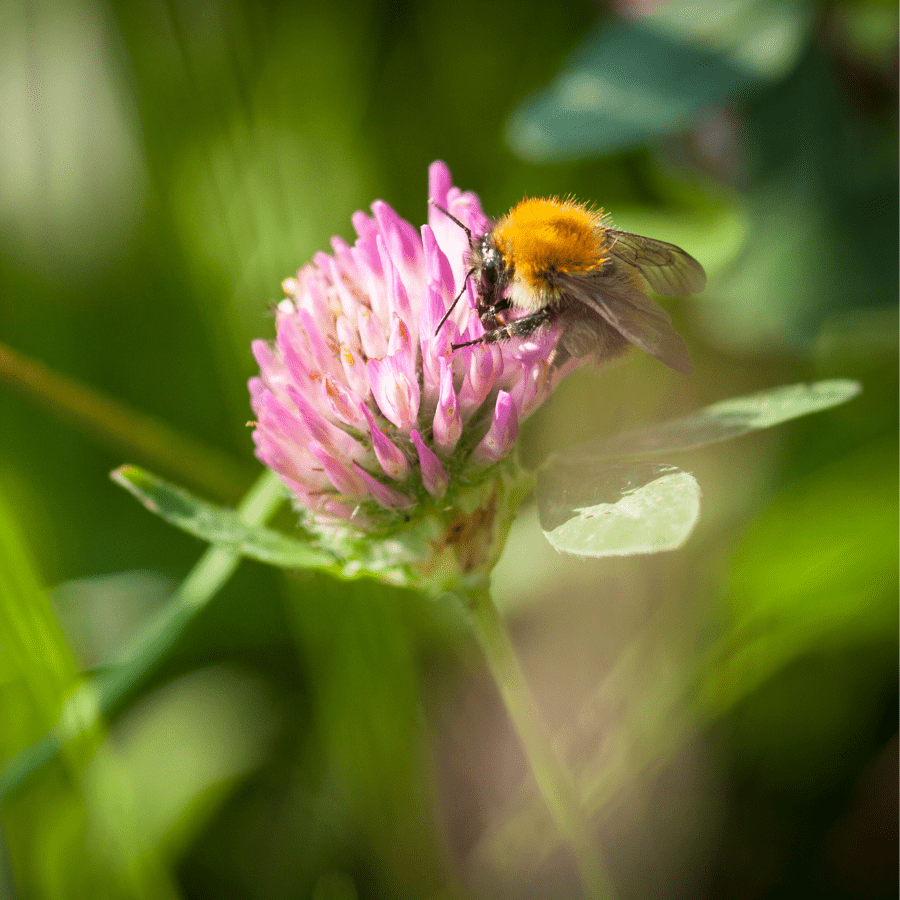
To manage clover bloom and bees, you can periodically mow your clover lawn to control the height and density of the plants. By mowing before the flowers fully mature, you can limit the amount of nectar available to bees while still enjoying the benefits of clover. Additionally, ensuring a diverse and abundant nectar source in your garden can help redirect bee activity away from your clover lawn.
Durability and Foot Traffic Tolerance
Another concern with clover lawns is their durability and tolerance to foot traffic. While clover lawns can withstand moderate foot traffic, they may not be as resilient as traditional grass lawns in areas with heavy foot traffic. However, this can be addressed by mixing clover with grass or considering alternative ground cover options for high-traffic areas.
For areas with heavy foot traffic, it is recommended to choose clover varieties that are more tolerant of wear and tear, such as microclover or dutch white clover. These varieties have smaller leaves and can withstand more foot traffic without significant damage. Additionally, regular mowing at a height of 3-4 inches and proper soil preparation can help improve the durability of a clover lawn.
Increasing Property Value with Sustainable Landscaping
A clover lawn can also increase the value of your property by creating a sustainable and attractive landscape. Sustainable landscaping practices, such as using native plants and reducing water consumption, have become increasingly desirable among homeowners. By embracing a clover lawn, you are demonstrating your commitment to sustainability and environmental stewardship, which can positively impact the perceived value of your property.
Furthermore, a well-maintained clover lawn adds curb appeal and enhances the overall aesthetic of your property. Potential buyers are often attracted to properties with beautiful and low-maintenance landscapes. By investing in a clover lawn, you can create a visually appealing and environmentally friendly outdoor space that can increase the market value of your property.
Conclusion
In conclusion, transitioning to a native clover lawn offers a sustainable and eco-friendly alternative to traditional grass lawns. Not only does it promote biodiversity and pollination, but it also requires less water, minimal maintenance, and reduces the need for harmful chemicals. By choosing native plants like clover, you can enhance soil health, lower your carbon footprint, and create a vibrant, natural landscape that benefits both the environment and your property. Explore the possibilities of a native clover lawn and embrace a greener, more sustainable approach to landscaping. Let’s nurture our surroundings while enjoying the beauty of nature!
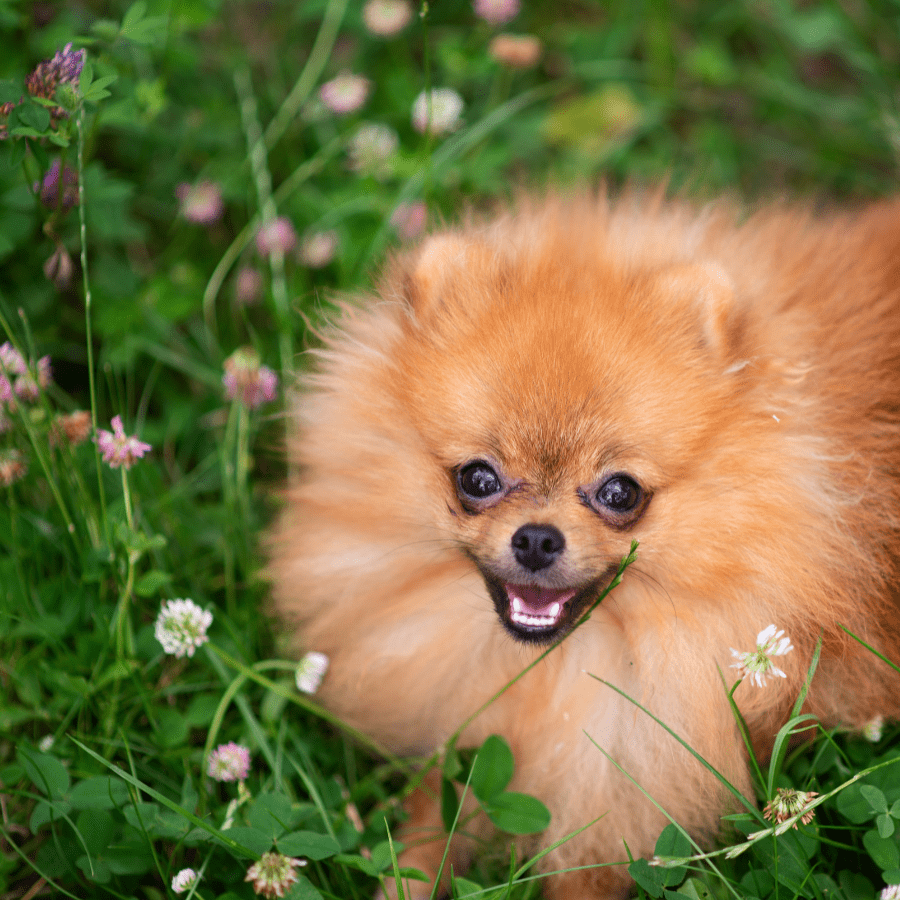
Frequently Asked Questions
How quickly can I see results after planting clover?
After planting clover, you can typically expect to see results within a few weeks. However, the exact timeline may vary depending on factors such as growing conditions, the specific clover variety, and maintenance practices. With proper care, you can enjoy a green and vibrant clover lawn in a relatively short period.
Can clover lawns coexist with pets and children?
Yes, clover lawns can coexist with pets and children. Clover is pet-safe and resistant to dog urine, making it a great choice for families with pets. Additionally, the soft and cool carpet-like texture of clover lawns provides a comfortable and safe environment for children to play.
Are there any specific clover varieties recommended for shady areas?
While clover lawns can tolerate partial shade, some varieties are more suitable for shady areas. White clover, red clover, and microclover are popular choices that can thrive in partial shade. It’s important to consider the specific growing conditions and choose a variety that is well-suited for your region.